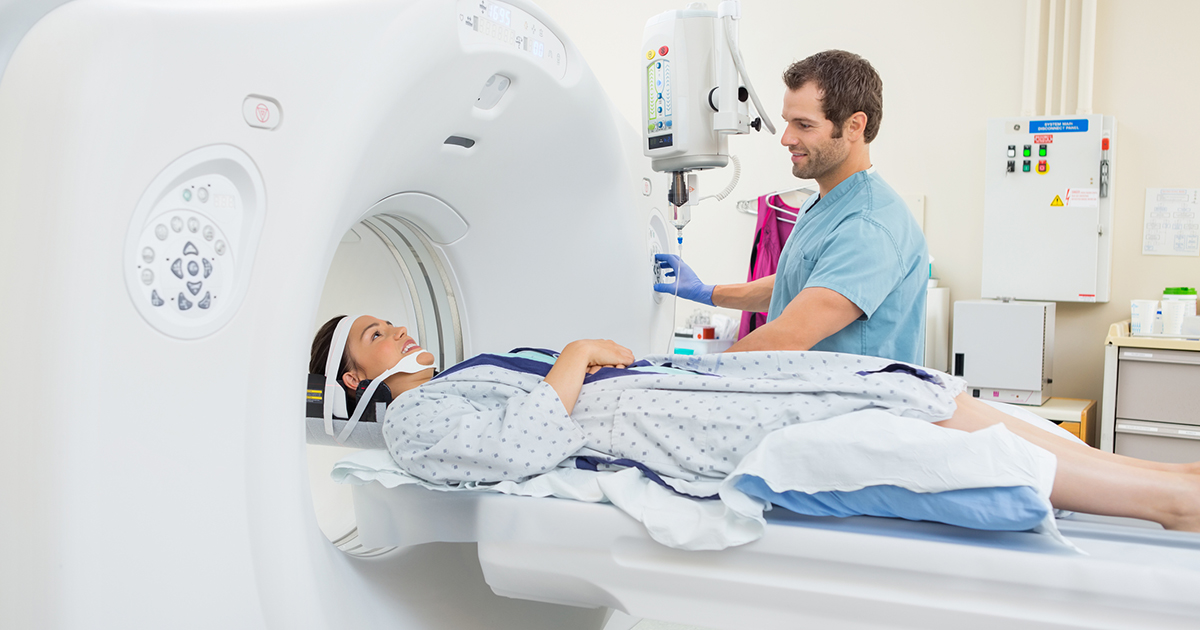Symptoms Of Situs Inversis
Anatomy courses teach that certain organs are on specific sides, but for one in ten thousand individuals the position of visceral organs is reversed or mirrored. This condition is known as situs inversus. Most individuals with situs inversus have little to no complications or medical symptoms resulting from the condition, and it often goes undiagnosed. Because the mirroring is complete, the way the organs work together goes unchanged and things work the way they normally would. It is helpful for individuals with situs inversus to wear a medical identification tag if they are aware of the condition to alert emergency medical personnel so they can act accordingly, listening for a heartbeat on the correct side. Some symptoms do exist to recognize this condition. Get to know what these are now.
Can Be Asymptomatic

As previously stated, the organs all work in their normal relationships with complete situs inversus, meaning symptoms are few or entirely non-existent. Some patients with this condition experience a buildup of mucus in the lungs, which can result in sinusitis and bronchitis. This, however, is hardly uncommon, and so does not serve as a clear indicator of mirrored organs in the chest and abdomen. Generally, it is discovered when the organs are examined for some other reason, using means such as X-rays, magnetic resonance imaging (MRIs), computed tomography (CT) scans, and ultrasonography. It can also be found when a doctor seeks to listen to a patient's heartbeat. This is generally loudest on the left side, at the lowest point of the heart, but for someone with situs inversus, the heartbeat is loudest on the right. Given this condition can be asymptomatic, this is the easiest way to discover it.
Learn about additional warning signs of situs inversus by reading more now.
Cardiac Dysfunction

In the general population, congenital heart defects are present in something between four to fifty out of one thousand live births. In patients with situs inversus, who are already limited to one in ten thousand, this number rises to five to ten percent. There is a markedly increased occurrence of cardiac dysfunction in individuals affected by situs inversus, proportionately speaking. The most typical congenital heart defect present in patients with this condition is an arrangement where the great vessels of the heart are transposed. This is a cyanotic defect, meaning the blood the heart pumps out to throughout the body has decreased levels of oxygen.
Continue reading to get to know more symptoms of situs inversus.
Primary Ciliary Dyskinesia

Also known as PCD or immotile ciliary syndrome, primary ciliary dyskinesia is a rare genetic disorder. It is ciliopathic, meaning it is a disorder of the cilia in the cells, in ciliary function, basal bodies, or those structures anchoring cilia. The defects are in the cilia's action of a wide variety of locations: those that line the respiratory tract, which includes upper and lower, middle ear, Eustachian tube, and sinuses; fallopian tubes; and sperm cells' flagella. The name immotile ciliary syndrome has fallen out of primary use as the cilia do retain some movement, but are unsynchronized or inefficient. Primary ciliary dyskinesia sometimes accompanies situs inversus, meaning it can help to diagnose the primary condition.
Discover more symptoms of situs inversus by continuing to read now.
Chronic Sinusitis And Bronchitis

Acute bronchitis generally can claim viruses as its cause, particularly those also known to cause flu and colds. Bacterial infections can also be at the root, as can exposure to irritants to the lungs such as dust, vapors, fumes, and air pollution. Sinusitis occurs when the tissue lining the sinuses is inflamed or swells. When either bronchitis or sinusitis occurs for long periods or is persistent, lasting for greater than three months, it is considered chronic. In this case, situs inversus is known for causing a buildup of mucus in the lungs, thus leading to chronic sinusitis and bronchitis. It is difficult to diagnose situs inversus solely on the basis of chronic sinus problems, however, as a variety of other conditions and environments can lead to these complications.
It's time to get the details on the next sign of situs inversus.
Kartagner's Syndrome

Kartagner's syndrome is another name for primary ciliary dyskinesia. The primary consequence of this syndrome is an impact on the clearance of mucus from the lungs; it is absent entirely or reduced. Often chronic bronchitis begins in early childhood and progresses into severe states in adults. In adulthood, it often leads to infertility in males and a marked decrease in fertility in females who have the syndrome. It is sometimes recognized when it causes hearing loss or a poor sense of taste and smell. The incidence of PCD in the general populace is between one in fifteen thousand and one in thirty-two thousand individuals. It is higher in those born with situs inversus.